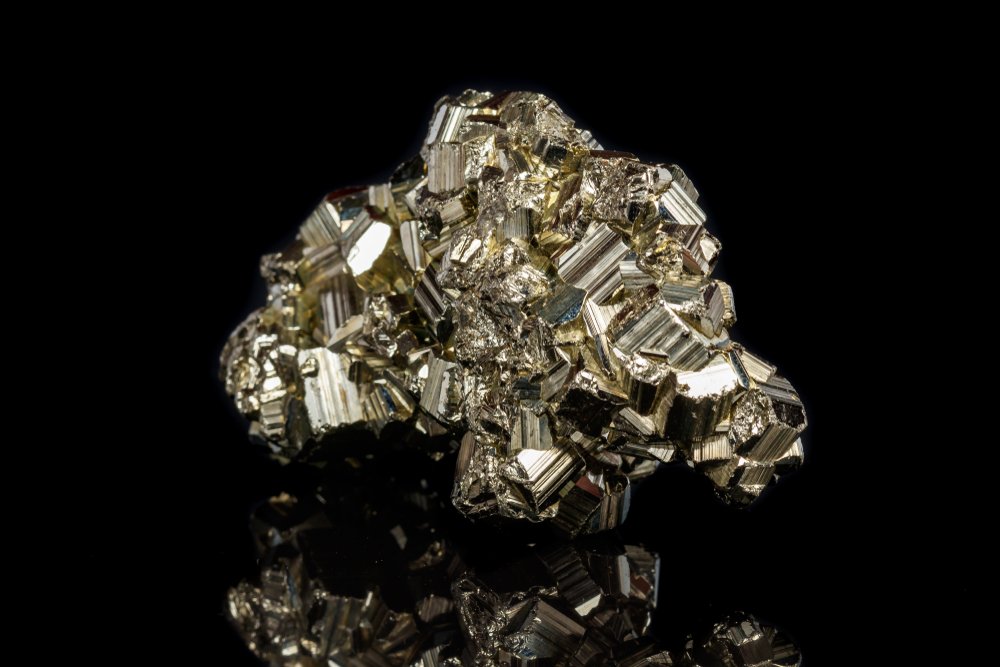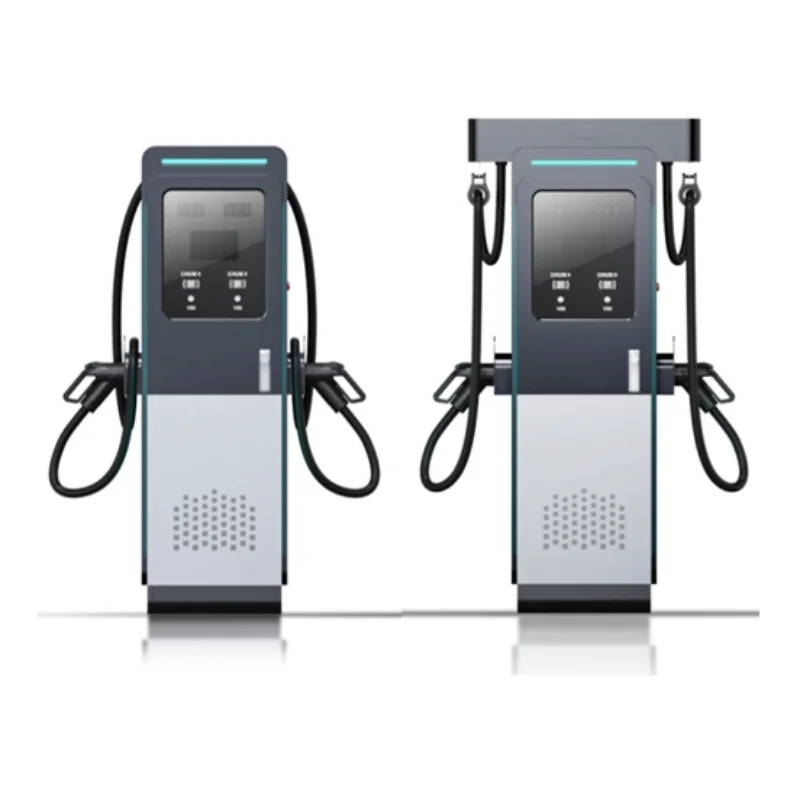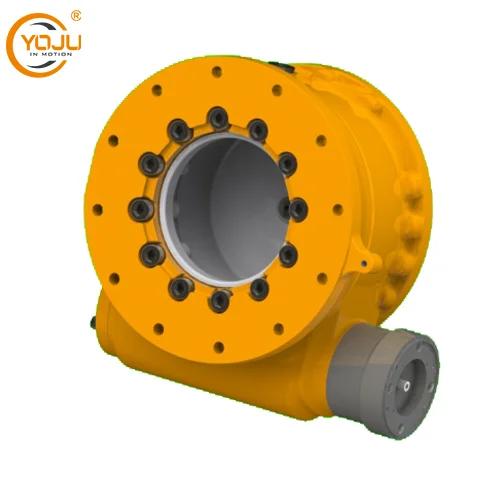Unveiling the Ingenious Techniques of Extracting Metallic Minerals
2 min read
Metallic minerals play a crucial role in various industries, ranging from construction and manufacturing to technology and energy production. Understanding how metallic minerals are obtained is essential for comprehending their significance and ensuring sustainable resource management. In this blog post, we will delve into the intricate processes and innovative techniques employed to extract metallic minerals, shedding light on the advancements that have revolutionized the industry.
- Traditional Mining Methods:
The extraction of metallic minerals traditionally involves mining operations, which can be categorized into surface mining and underground mining. Surface mining, including open-pit and strip mining, is employed when the mineral deposits are close to the surface. On the other hand, underground mining is utilized when the deposits are located at significant depths. - Cutting-Edge Technologies:
a) Remote Sensing and Geophysical Surveys:
Modern mining operations heavily rely on remote sensing techniques and geophysical surveys to identify potential mineral deposits. These technologies, such as aerial surveys, satellite imagery, and ground-based sensors, provide valuable insights into the geological composition of an area, enabling targeted exploration and minimizing environmental impact.
b) 3D Geological Modeling:
Utilizing advanced software and data analysis, 3D geological modeling has revolutionized the way metallic minerals are extracted. This technique allows geologists to create accurate representations of subsurface structures, facilitating precise targeting of mineral deposits and optimizing mining operations.
c) Robotics and Automation:
In recent years, robotics and automation have transformed the mining industry. Autonomous drilling rigs, robotic haul trucks, and remotely operated machinery enhance safety, efficiency, and productivity in mineral extraction. These technologies enable continuous operation in hazardous environments and reduce the risk of human error.
- Sustainable Extraction Practices:
a) Environmental Impact Assessment:
To ensure sustainable mining practices, environmental impact assessments are conducted before commencing extraction operations. These assessments evaluate the potential consequences on ecosystems, water resources, and local communities, leading to the implementation of mitigation measures and the adoption of responsible mining practices.
b) Recycling and Urban Mining:
With the growing concern for resource depletion, recycling and urban mining have gained prominence. Metallic minerals can be extracted from recycled materials, reducing the reliance on traditional mining. Urban mining involves extracting valuable metals from electronic waste and other discarded products, contributing to resource conservation and minimizing environmental damage.
Conclusion:
The extraction of metallic minerals is a complex process that requires a combination of traditional mining methods and cutting-edge technologies. By embracing innovative techniques and sustainable practices, the mining industry can ensure the responsible extraction of these valuable resources. As technology continues to advance, it is crucial to prioritize environmental preservation and resource conservation, paving the way for a more sustainable and efficient future in metallic mineral extraction.



